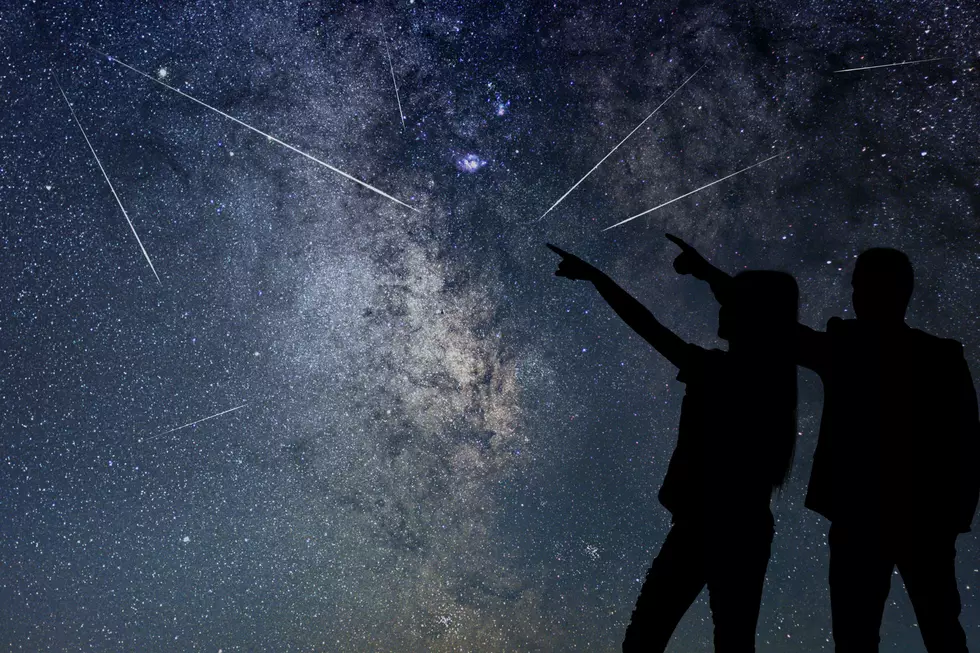
Miss The Super Blood Moon? Watch The Sky For These Events In 2018
If you missed out on seeing the super blue blood moon earlier this year don't worry because there are quite a few more astronomical events happening in 2018.
Not all of the events will be visible from North America, but if you happen to be traveling the world in 2018, be sure to mark these events on your calendar.
Here's the list of celestial events according to IFLScience.com.
February
A partial Solar Eclipse will be visible from South America. Argentina and Southern Chile to be exact.
March
On March 7, Saturn, Mars, and Jupiter will all be visible in the sky.
April
Lyrids meteor shower peaks on April 22, and will be visible from North America. You could see up to 20 meteors per hour.
May
Eta Aquarids meteor shower peaks on May 6. Best seen in the Southern Hemisphere, you'll still be able to see up to 30 meteors per hour in the North.
Jupiter will be it's closest to Earth on May 9. You'll be able to see it without a telescope, but you may be able to spot a few of its moons with binoculars, and the planet's storms with a telescope.
June
Saturn will be closest to Earth on June 27, and you'll be able to see it with the naked eye, but a telescope will allow you to see its rings.
July
Partial Solar Eclipse visible from the southern tip of Australia on July 13.
A total lunar eclipse will be visible throughout Europe, Africa, Asia, and Australia on July 27.
Mars will be its closest to Earth on July 27, visible to the naked eye.
August
Canada, Greenland, northern Europe, and northern and eastern Asia will see a partial solar eclipse on August 11
The Perseids meteor shower peaks on August 12 with up to 60 meteors per hour.
September
Neptune will be visible with a telescope on September 7.
October
The Draconids meteor shower will peak the evening of October 8.
The Orionids meteor shower(much bigger than Draconids) peaks on October 21.
Uranus will be visible with a telescope.
November
The Leonids meteor shower peaks on November 17.
December
Comet 46P/Wirtanen could possibly be visible with the naked eye on December 12. Some predictions say it could be the brightest in the Northern Hemisphere for 5 years.
The Geminids meteor shower peaks on December 13.
Keep watching the skies in 2018!
BONUS VIDEO
More From Big Frog 104









